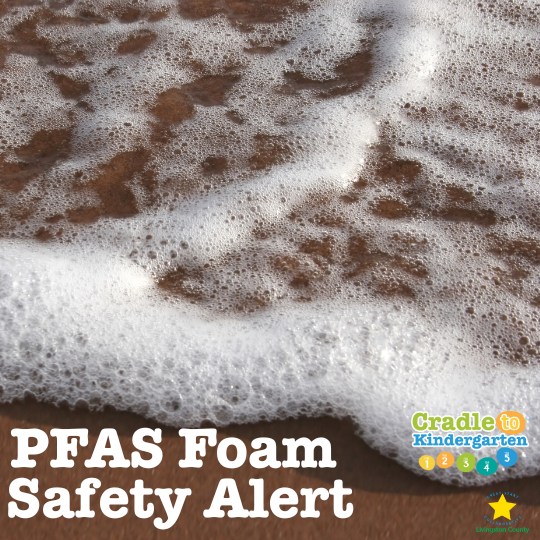
Read more...
Allergy season is upon us. For many of us that means itchy eyes, runny noses, sneezing, and a myriad of other irritating symptoms. But for millions of children, these seasonal (and other year-round) allergens can cause more serious complications.
Across the United States, 5 million children have asthma which causes inflammation and swelling of the airways, leading to trouble breathing, wheezing, coughing, and tightness or pain in the chest. Approximately 47% of these children will experience at least one attack this year. Asthma can be triggered by airborne allergens – such as pollen, dust, pet dander – as well as cockroaches, food allergens, and exercise. It is estimated that 50% of children with asthma have uncontrolled asthma. These children are often absent from school as a result of asthma attacks and subsequently suffer academically.
Additionally, according to the Center for Disease Control and Prevention, the number of children with food allergies increased 50% between 1997 and 2011. Today, approximately 6 million children across the country are afflicted with food allergies. That equates to 1 out of every 13 children. Food-related allergic reactions can involve the skin, mouth, eyes, lungs, heart, gut, and brain. Mild and severe symptoms can lead to a serious anaphylactic reaction involving more than one body part. The top nine food allergens include:
- Milk
- Eggs
- Peanuts
- Tree nuts (examples: almonds, walnuts, pecans, etc.)
- Wheat
- Sesame
- Soy
- Fish (examples: bass, flounder, cod, etc.)
- Shellfish (examples: crab, shrimp, etc.)
It is estimated that 90,000 emergency room visits are due to anaphylaxis reactions each year (for children and adults combined).
Both asthma and food allergies can be life-threatening and there is no cure for either disease. However, both can be managed with proper medical care as well as creating healthy environments for children affected by these conditions.
Below are some tips for keeping your home or child care facility asthma and allergy safe.
For Asthma
- Do not allow smoking inside
- Vacuum and dust weekly (minimum)
- Run the air conditioner (if available) to filter the air
- Run a dehumidifier in damp areas to avoid mold growth
- Brush pets weekly (minimum) and keep them out of children’s bedrooms
- Don’t save boxes, paper bags, or newspapers.
- Don’t leave food or dirty dishes lying around your kitchen
- Talk to your health care provider to create a written asthma plan
- You can find a free template here: Asthma Action Plan (Asthma and Allergy Foundation of America)
- Child care providers should make sure to have a Child Care Asthma/Allergy Action Card on file for each child.
- You can find a free template here: Child Care Asthma/Allergy Action Card (Asthma and Allergy Foundation of America)
For Food Allergies
- Talk to your child about their food allergies and how certain “unsafe foods” can make them very sick.
- Together with your health care provider, create a Food Allergy & Anaphylaxis Emergency Care Plan
- You can find a free template here: Food Allergy & Anaphylaxis Emergency Care Plan (Food Allergy Research & Education)
- Child care providers should make sure to have an Emergency Care Plan for each child on file.
- Make sure each child has two epinephrine auto-injectors (EpiPen®, Auvi-Q®, etc.) on-site (home and school) at all times
- Child care providers should consider becoming a nut-free (or even allergen-free) zone
- Avoid the use of identified allergens in class projects, parties, holidays and celebrations, arts, crafts, science experiments, cooking, snacks, or rewards.
- Allergens can be hidden in a variety of places, not just in food. Check out the Potential Food Allergens in Preschool and School Activities list from Kids with Food Allergies to see where allergens can be hidden.
By taking steps to minimize exposure to asthma triggers and allergens, we can keep children safe and healthy so they can thrive in school and beyond.
Artwork from Asthma and Allergy Foundation of America
Resources
For more information about childhood asthma and allergies visit the links below.
For Parents:
- Your House: How to Make It Asthma-Safe (Kids Health)
- Clearing the Air of Asthma Triggers: 10 Steps to Making Your Home Asthma-Friendly (Environmental Protection Agency)
- Asthma at Home (American Lung Association)
- Asthma in Schools: The Basics for Parents (American Lung Association)
- Explaining Asthma to a Child (Asthma Initiative of Michigan)
- Managing Food Allergies at School (Kids with Food Allergies)
- Talking to Toddlers and Young Children About Their Food Allergies (Nutricia Neocate®)
- How to Talk to your Child About their Food Allergy (Asthma & Allergy Specialists, PA)
For Childcare Providers:
- How Asthma-Friendly Is Your Child-Care Setting? (National Heart, Lung and Blood Institute)
- Creating Asthma Friendly Environments – Child Care (Ontario Physical and Health Education Association)
- Managing Asthma in the School Environment (Environmental Protection Agency)
- Controlling Asthma in Schools (Centers for Disease Control and Prevention)
- Living with Food Allergies – Educators (Food Allergy Research & Education)
- Allergy Safe Child Care Facilities (HealthLinkBC)
Children’s Books About Asthma and Allergies




